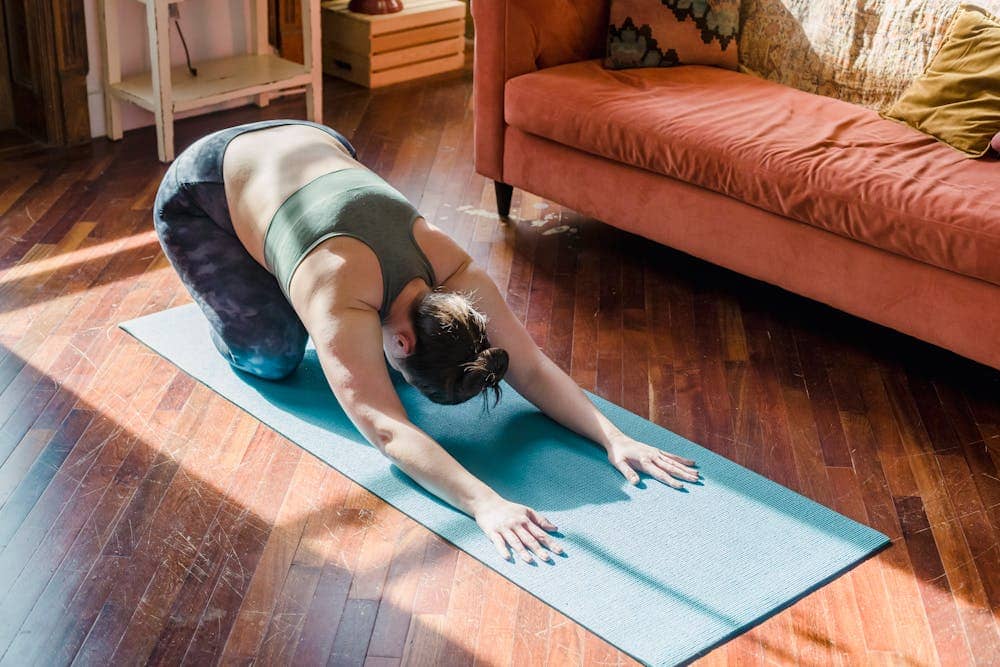Most people think building healthier habits means giving up everything they like and starting over. That mindset can make it feel harder than it has to be. In reality, a total reset isn’t necessary. You can begin with the things that are already working and grow from there.
Trying to do everything at once can lead to burnout or frustration. Instead of chasing perfect routines or extreme changes, a better approach is to take what you’re already doing and shape it into something stronger. A few intentional swaps or tweaks can make a big difference without upending your schedule, your budget, or your peace of mind.

Start by Looking at What You Already Do Well
Before setting new goals, take stock of what’s working. It’s a lot easier to build on habits you already practice than it is to introduce something brand new.
Instead of trying to change everything at once, use your current behaviors as a starting point. This creates momentum without stress. Once you recognize a routine that’s already in place, like prepping meals or walking during breaks, it becomes easier to stack a new habit alongside it.
Make Simple Swaps, Not Sweeping Changes
One of the easiest ways to improve your daily routine is to make small product swaps. If you’re already using something regularly, such as cleaning supplies, body wash, or laundry detergent, you can choose versions that better support your wellness goals. This doesn’t mean switching everything all at once. Start small and work up from there.
Melaleuca: The Wellness Company offers an example of this kind of product-focused approach to healthier living. The company focuses on wellness-driven alternatives to everyday essentials. Many people come across the brand when looking to replace harsh cleaners or personal care products and end up asking: What are melaleuca products offering me? The answer usually includes a wide selection of items designed to support a low-tox, health-minded lifestyle. From vitamins to household goods, they offer options that align with simple, sustainable upgrades.
Swapping even one or two products in your daily lineup is a low-effort way to make your environment more supportive of your goals. It’s less about doing more and more about choosing what works for you.
Use Triggers to Anchor New Habits
One of the most effective ways to build a new habit is to connect it to something you already do. These are called habit triggers. Instead of trying to find extra time in your day, you’re tying a small action to something familiar. This helps create consistency without the pressure of starting from zero.
For example, if you already brush your teeth every morning, you could take that time to also drink a glass of water. If you’re waiting for your coffee to brew, do a few light stretches or practice deep breathing. These small actions become easier to stick with because they’re linked to routines you already follow.
This approach works well with fitness, mindfulness, hydration, and even screen-time limits. You’re not trying to overhaul your schedule; you’re adding little moments of wellness throughout the day. Over time, these habits become automatic.
If you have trouble remembering to stick with something new, try using visual cues like notes or placing the item you need in a visible spot. Whether it’s a water bottle on your desk or your vitamins near the coffee machine, these reminders help turn new actions into reliable routines.
Avoid the All-or-Nothing Trap
A lot of people give up on building new habits because they think they have to do everything perfectly. The truth is, missing a day or falling off track doesn’t cancel out your progress. Being too strict can make the process harder than it needs to be.
Instead of chasing perfection, aim for progress. If you forget to meditate one day, it’s fine. Just pick it back up the next day. If you have a busy week and don’t meal prep, it doesn’t mean you’ve failed. Consistency matters more than being perfect all the time.
Try using a habit tracker or a simple notebook to keep track of your routines. This helps you notice patterns, stay motivated, and recognize the small wins. It also makes it easier to spot what’s working and what might need adjusting.
Give yourself space to experiment. Some habits will click, and others won’t feel like a fit—and that’s okay. If something doesn’t work for you, adjust it. What matters most is that you keep going in a direction that supports how you want to live.
Reevaluate What Health Means to You
Everyone’s version of healthy looks a little different. For some people, it’s about having more energy. For others, it’s about reducing stress or creating a home that feels clean and balanced. Health isn’t a single goal; it’s a collection of choices that reflect your personal values.
Before you add another habit to your list, ask yourself why it matters to you. Are you trying to feel better physically? Do you want to support your family with healthier meals or a safer home? Do you want to spend less time feeling stressed? When you know your reasons, it’s easier to pick habits that actually fit your life.
Health trends come and go, but your needs stay the same. Focus on what feels realistic and meaningful to you. That’s how habits stick.
Better habits don’t have to mean starting from scratch. You can take what already works in your life and build from there, one small change at a time. Whether it’s upgrading a product, connecting a new routine to an existing one, or simply giving yourself more credit for the healthy things you already do, progress is possible without pressure. You don’t need to do everything. You just need to start where you are.



